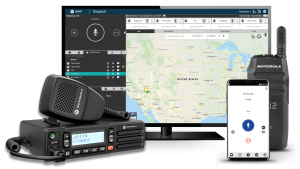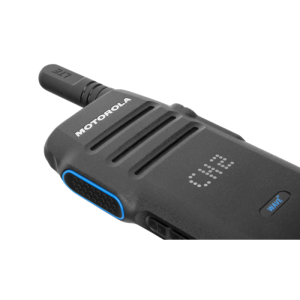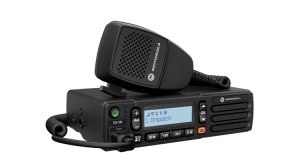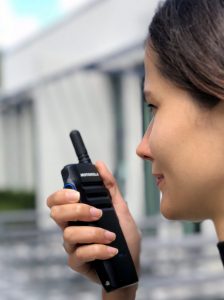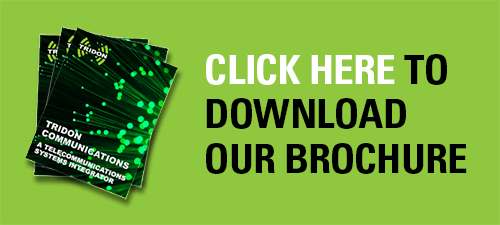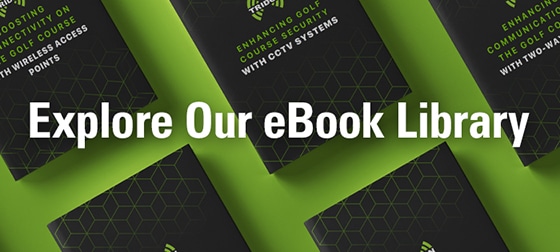Interested in Push-to-Talk over LTE and Wi-fi?
Contact Us. We’re here to help.
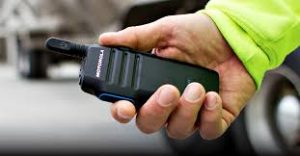 By offering rapid deployment, minimal infrastructure, ease-of-use, and an affordable monthly cost, the Motorola TLK 100 and TLK 150 provide businesses new ways to keep their teams connected. Rather than relying on traditional RF infrastructure and ISED frequency licensing, the TLK 100 and 150 both make use of existing, nationwide cellular networks as well as your own Wi-Fi infrastructure. And it brings with it the opportunity for staff in office environments to communicate with teams in the field on virtually any communications device.
By offering rapid deployment, minimal infrastructure, ease-of-use, and an affordable monthly cost, the Motorola TLK 100 and TLK 150 provide businesses new ways to keep their teams connected. Rather than relying on traditional RF infrastructure and ISED frequency licensing, the TLK 100 and 150 both make use of existing, nationwide cellular networks as well as your own Wi-Fi infrastructure. And it brings with it the opportunity for staff in office environments to communicate with teams in the field on virtually any communications device.
If you’d like to learn more about these models, and how they could support your operation, Contact Us.
How It Works
In addition to using LTE and Wi-Fi to transmit (rather than typical VHF or UHF transmitters) the TLK 100 and 150 operate on Motorola’s WAVE software platform. This platform enables a wide range of devices – tablets, smartphones, desktop PCs, and laptops – to serve the same PTT functions as a mobile or portable two-way radio.
Practically speaking, this means that a project or department manager working from a desk in Calgary or Edmonton could activate the WAVE App, click on the PTT button, and communicate directly with a crew leader using a portable radio in the Oil Sands. Both could expect the same loud, clear, audio that comes standard with Motorola two-way radios and the same fluid, real-time, conversation they would get if they were both using the same type of device (smartphone, radio, etc.).
Check out this video form Motorola for more information.
Because WAVE PTT devices can make use of existing cellular infrastructure at a fixed monthly subscription rate, your time (and cost) to deploy WAVE-enabled devices (including the TLK 100 and 150) is significantly shorter than a typical radio system. And even though some WAVE-enabled devices won’t be radios, the app still provides users one-to-one and one-to-many communication, just as a two-way radio would. Teams spread out across Alberta can also be organized into the same talk group, allowing managers in the office to be kept informed of events in the field as they unfold rather than after the fact.
Still, as valuable as push-to-talk on a smartphone or laptop can be, there are places where those devices simply can’t survive. The often rugged, dirty, dusty environments your field team works in every day demand the durability that two-way radios provide. For that, take a look at the TLK 100 and the TLK 150.
The TLK 100
Motorola’s TLK 100 portable radio may transmit via LTE or Wi-Fi, but it is still built to be used on a job site where dirt, dust, and hard falls are all too common. With an ML810G Standard build and IP54 rating, the TLK 100 provides durability comparable to the Motorola CP200d. Its slim, lightweight, design makes it an excellent communications solution for professional applications (hotel and hospitality staff; retail and security teams; etc.) and the 18-hour battery life ensures it will last through an entire shift and well into the next. Given the ubiquity of cell towers in major cities like Edmonton and Calgary, LTE transmission provides assurance that you will always be in range and will consistently receive loud, clear audio. That said, the TLK 100 doesn’t have the distracting features of a smartphone (a screen, mobile apps, etc.) that can be time-draining distractions at the worksite.
The TLK 150
Motorola’s TLK 150 is their push-to-talk LTE solution for the team on the go. Just like the TLK 100, this model offers LTE transmission. While this may not be the ideal option for drivers on Alberta highways or resource roads, it is a cost-effective solution for those working in urban environments – couriers, delivery drivers, taxi companies, school bus fleets, and so on. GPS location tracking makes it easy for dispatchers to find drivers, whether it be for a status update or in an emergency. And, like all two-way radios, they are exempt from laws surrounding distracted driving. That means your drivers can regularly report in from the road without worrying about getting pulled over an issued an expensive ticket.
Is It Right for You?
There are many benefits to using the TLK 200 and TLK 150. The fact that they rely on existing cellular infrastructure means you won’t have to build your own to support wide-area communications. There’s also the benefit of not having to apply – and in some cases, compete – for frequency licenses to ensure reliable, private communication.
That said, if you work in a rural or remote area, you may not have reliable cellular coverage, meaning some level of infrastructure investment will be required. If you choose an LTE option, you’d be looking at a distributed antennae system. A VHF or UHF solution would require a series of repeaters. The same can be said for drivers heading down resource roads or along long stretches of Alberta highway.
On top of that, you need to consider the safety requirements of your work environment. At the moment, there is no intrinsically safe option for the TLK 100 portable radio. If you work in a facility that requires intrinsic safety – like a refinery, water treatment plant, or a lumber mill – then this radio won’t meet the standards your site has set for safe communication.
Getting Started
The Motorola TLK 100 and 150 are cost-effective push-to-talk communications options that mix the easy connectivity of cellular devices with the durability and mission-critical features of two-way radios. The WAVE app means a wider range of users (on a wider range of devices) will be able to communicate with your team.
If that team is deployed in an urban area with no intrinsic safety requirements, then WAVE and the TLK series could be the right solution for you. But, if your team is in a rural or remote area, or working in a hazardous location, you’ll probably have to consider different options.
If you need help weighing the pros and cons, or if you’d like to try the TLK series and WAVE app for yourself, Contact Us. We’re here to help.
Tridon is a full solution Telecom Systems Integrator with CSA certification and licensed by APEGA. Our Engineering, Service, and Tower Divisions collaborate with customers to build engineered solutions including communications systems design, tower inspections and co-location, wireless broadband, fiber optic cabling, site security, and two-way radio communication.

